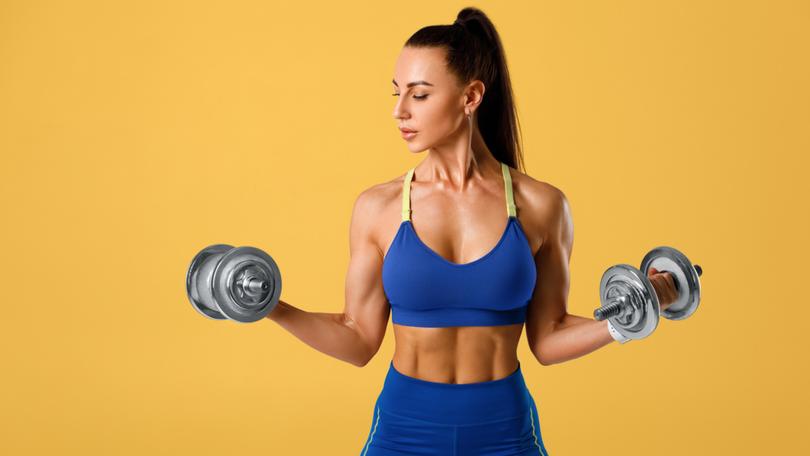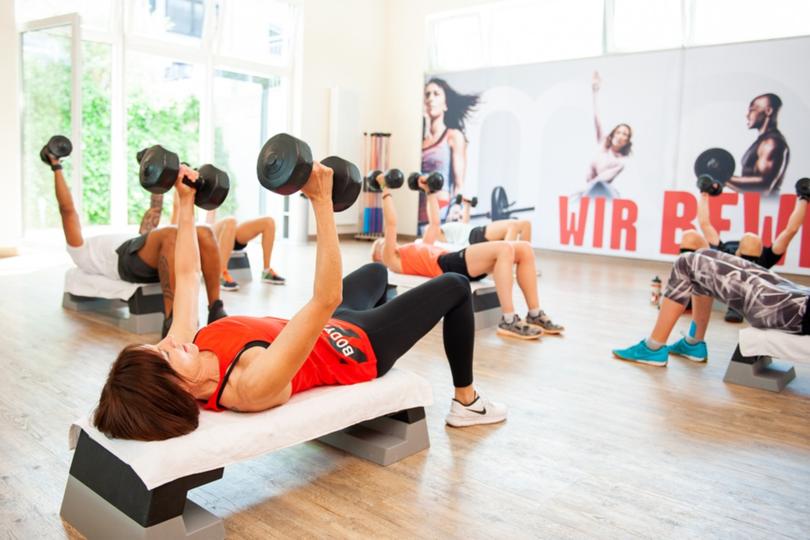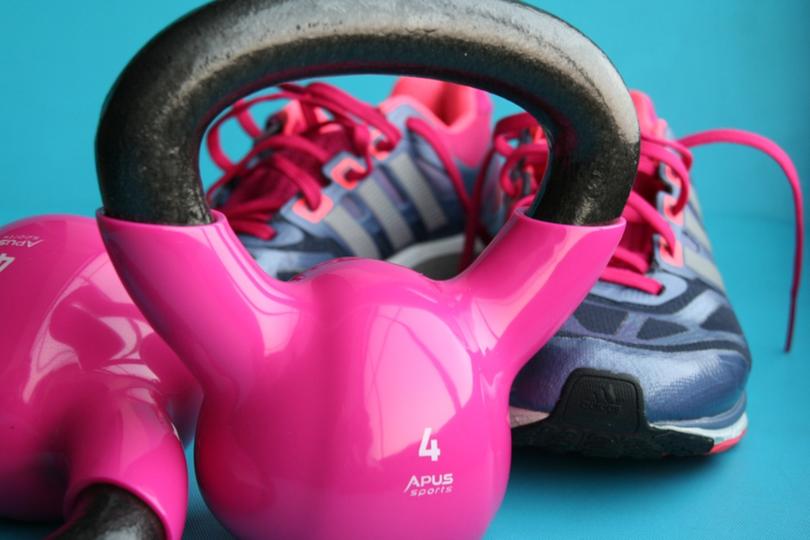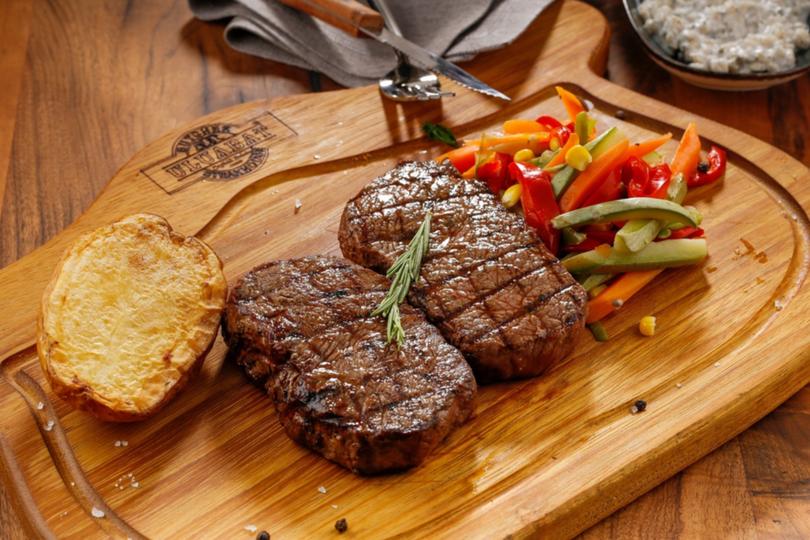SARAH DI LORENZO: This is the best way to maintain and grow your muscles - because they really are medicine

Did you know we have about 600 muscles in the human body and muscle has so many more functions than you think. Most people think of muscle as supporting and lifting but it is so much more than that — and it’s truly medicine.
We also need muscles to pump blood around our body.
When we think of feeding our muscles our first thought goes to protein and this is very true, protein is our macronutrient for growth and development but muscle also needs glucose, electrolytes and really important minerals such as sodium, potassium, calcium and magnesium.
Sign up to The Nightly's newsletters.
Get the first look at the digital newspaper, curated daily stories and breaking headlines delivered to your inbox.
By continuing you agree to our Terms and Privacy Policy.We have three different types of muscles: skeletal, smooth and cardiac.
Skeletal is the muscle we all think of that is attached to our bones and supports movement. Collectively, we refer to this as our musculoskeletal system.

Skeletal muscles are voluntary, but smooth muscle — which we find internally such as in the digestive tract and our arteries — is involuntary, meaning we are unaware of the movement. For instance, our cardiac muscle (heart muscle) works without us being aware or making it work.
All these three muscle types have different functions but are all made up of fibres.
The neuromuscular system is the combination of our brain’s skeletal muscles and nerves that work together to create movement.
Systems of nerve cells called motor neurons are attached to the skeletal muscle.
The system works where the brain sends the message to the neurons that then release acetylcholine and the muscle contracts.
Muscles also come in all shapes and sizes.
There are circular, triangular, flat and spindle shapes.
An example of spindle muscle is the biceps. The diaphragm is a flat muscle. Our deltoids around our chest are triangular, and the muscles around our mouth are circular.
So you can really see why muscle is just so important to us.
But the thing about muscle is that it does not matter who you are, we all start losing muscle from around the age of 40. This is called sarcopenia. It is the age-related progressive loss of strength and muscle mass.
The main symptom of sarcopenia is muscle weakness. A poor diet and being physically inactive can also contribute to its onset.

Muscle is metabolically active, meaning muscle requires energy even in a rested state. So the more muscle you have the more calories you burn — in other words: your resting metabolic rate is increased.
When it comes to insulin sensitivity, getting regular amounts of moderate-intensity physical activity helps increase glucose energy usage and insulin sensitivity.
Just one session of moderately intense exercise can increase glucose uptake by 40 per cent, and that effect can last for hours.
But also strength training helps your body burn fat, not just during the workout but long after it is complete.
When it comes to chemical interactions between muscles and the mind, exercise improves cognition and mental health. The brain is designed for movement.
When it comes to aging nothing beats maintaining your muscle mass. Not only do you keep your independence and mobility, but you can reduce your risk of dementia by 12 per cent, according to recent research.
Now you are probably thinking what is the best way to maintain and even grow your muscles.

The best foods to include in your diet for muscle maintenance and growth are good quality proteins. Ideally, animal sources such as chicken, fish, meats, eggs and dairy products; but you can also include plant based proteins such as tofu, chickpeas, beans, lentils and nuts.
My guidelines for those over 40 is to be sure to have 1.2 grams of protein per kg of your body weight.
Exercise is essential for muscle development and maintenance.
Aim for a minimum of three sessions per week of some kind of resistance training.
Resistance training is having your muscles work against a weight or force and can be anything from weight machines, free weights and using your own body weight and can be done in a park, gym or even your own living room.
So as you can see, muscles really are amazing!

